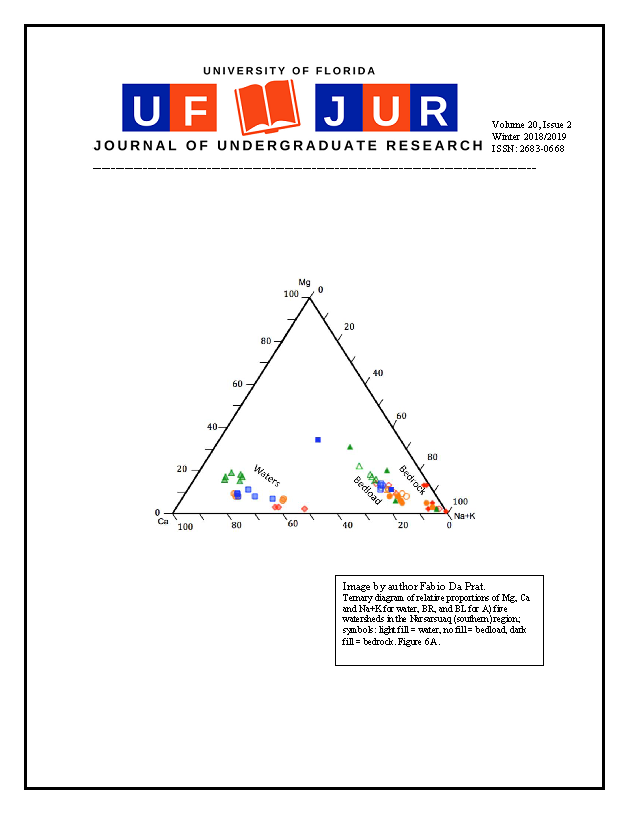Controlled Spacecraft Re-Entry of a Drag De-Orbit Device (D3)
DOI:
https://doi.org/10.32473/ufjur.v20i2.106175Abstract
The University of Florida Advanced Autonomous Multiple Spacecraft (ADAMUS) lab has developed a drag de-orbit device (D3) for CubeSats (small spacecraft intended for university and research group use). By modulating the D3 drag area, decaying orbital maneuvering and partial attitude control can be performed, and the host satellite can be made to de-orbit in a desired location. This paper details the design, manufacturing, and testing of the D3. Four retractable deployers are used to vary the drag area from 0.01 m2 to 0.5 m2. Each deployer is actuated independently using a brushed DC motor to drive the boom. An encoder affixed to the deployer measures the distance that the boom travels and the number of rotations it takes to reach that distance, and is used to stop the rotation after a preset distance. All manufacturing of the D3 device is performed in-house using a Computer Numerical Control (CNC) milling machine and manual lathe. Testing of the D3 consists of thermal testing, fatigue testing, and vacuum testing, which are also discussed in this paper.
Metrics
Downloads
Published
Issue
Section
License
Some journals stipulate that submitted articles cannot be under consideration for publication or published in another journal. The student-author and mentor have the option of determining which journal the paper will be submitted to first. UF JUR accepts papers that have been published in other journals or might be published in the future. It is the responsibility of the student-author and mentor to determine whether another journal will accept a paper that has been published in UF JUR.

